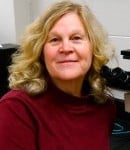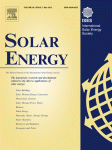Senior Design Awards to MSE Projects
Taking first place was Bioabsorbable Polymer-Coated Metal Stent Degradation Simulation Design. The students devised a better way to check for the degrading of stents, which are inserted into arteries, both in vitro (in the lab) and in vivo (in the living subject). Team members were Kristina Price, Brendan Daun, Thomas Faulkner, Erin Larson, Derek Yesmunt and David Strobel (Biomedical Engineering); and Kelsey Waugh and Matt Gardeski (MSE). The team was sponsored by Boston Scientific and advised by Associate Professor Jeremy Goldman (Biomedical Engineering) and Associate Professor Jaroslaw Drelich (MSE).
Second place went to the Economic Recovery of Alloying Elements from Grinding Swarf. The students speculated that they could help metal-grinding operations reclaim cobalt and nickel, in addition to other metals, from the waste or “swarf.” It could produce as much as $1.75 million in a year. The team consisted of Alicia Steele (MSE/ME); and Daniel Hein, Michael Wyzlic and Nicholas Kraft (MSE). They worked with the Casting Services Group of ThyssenKrupp. Jaroslaw Drelich was their advisor, too.



